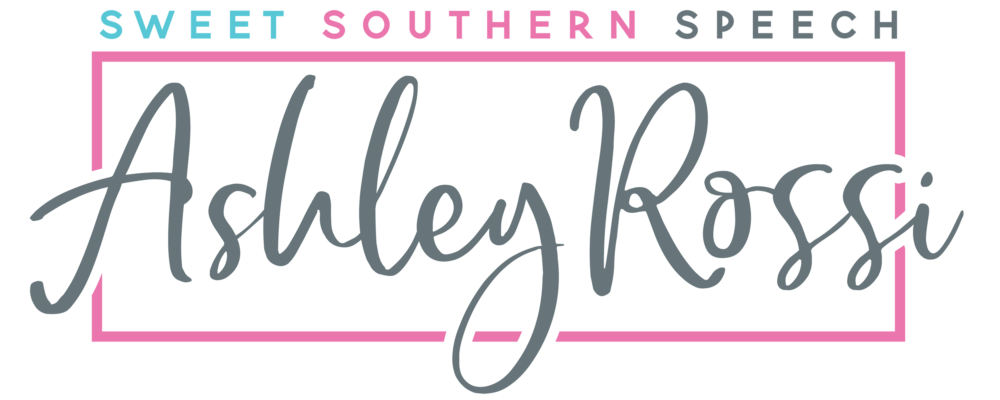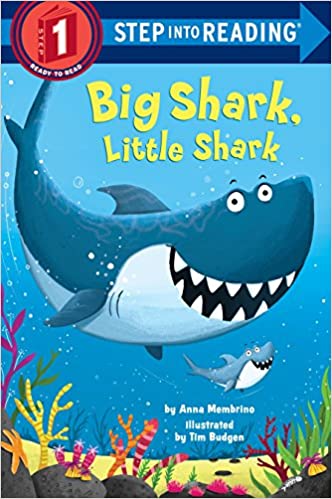Just when you thought it was safe to read an early reader . . . SHARK! This fun Step 1 book about two sharks is a study in opposites. Big Shark has big teeth; Little Shark has little teeth. Big Shark swims fast; Little Shark swims slow. But they are both hungry! Will they each succeed in finding a tasty snack? Little Shark is hoping that he won’t become fast food for Big Shark!
This cute ocean book can be used in speech therapy to address sequencing. It is also great for noticing character expressions and for targeting /g/, /k/, /r/, /l/ and /sh/ sounds as well as for describing! Discover more of the speech and language teaching concepts for using Big Shark, Little Shark in speech therapy below:



